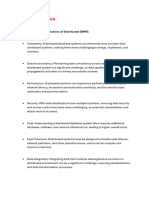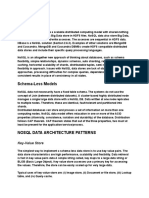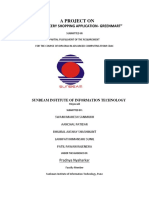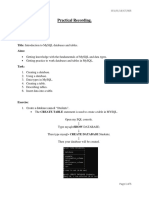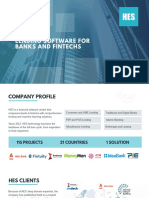0% found this document useful (0 votes)
9 views55 pagesBlockchain Unit1
The document provides a comprehensive overview of blockchain technology, detailing its architecture, design, and various protocols. It explains the benefits of blockchain, such as decentralization, security, and transparency, while also discussing consensus mechanisms and types of distributed ledger technology. Additionally, it classifies blockchain into public, private, and consortium architectures, highlighting their unique features and use cases.
Uploaded by
Sunita MandalCopyright
© © All Rights Reserved
We take content rights seriously. If you suspect this is your content, claim it here.
Available Formats
Download as PDF, TXT or read online on Scribd
0% found this document useful (0 votes)
9 views55 pagesBlockchain Unit1
The document provides a comprehensive overview of blockchain technology, detailing its architecture, design, and various protocols. It explains the benefits of blockchain, such as decentralization, security, and transparency, while also discussing consensus mechanisms and types of distributed ledger technology. Additionally, it classifies blockchain into public, private, and consortium architectures, highlighting their unique features and use cases.
Uploaded by
Sunita MandalCopyright
© © All Rights Reserved
We take content rights seriously. If you suspect this is your content, claim it here.
Available Formats
Download as PDF, TXT or read online on Scribd
/ 55





























